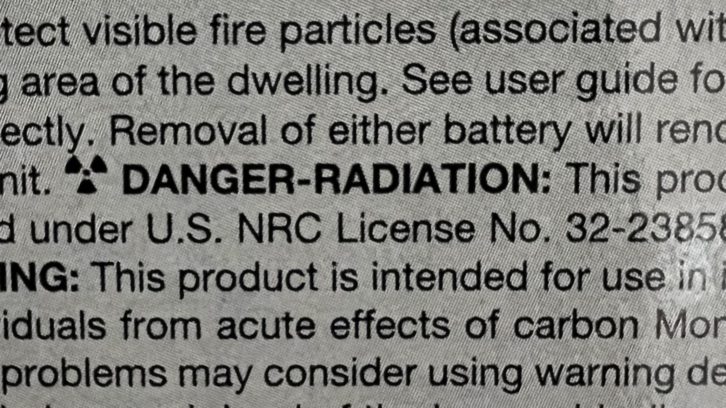Matt Covey says everyone should be using photoelectric smoke detectors, but only about 10 per cent of single-family homes in Covey’s district do.
Covey, Halifax’s division chief of fire prevention, says favouring ionization detectors can be dangerous, and if possible, people should have both types of detectors in their homes. While ionization smoke detectors are the go-to, they have a tendency to sound a false alarm.
“They get tired of pushing the button to silence it, so they either remove the battery or they just take the whole smoke alarm off and put it in a drawer. The problem with that is that they forget they’ve done that or they forget that they’ve removed the battery, and that can have tragic consequences,” says Covey.
There are two different types of smoke detectors: ionization and photoelectric. Ionization detectors are effective in detecting open flames. Radioactive material sits between two plates, and when smoke passes through the plates, it disrupts the air flow and triggers an alarm. Photoelectric detectors are more effective in detecting smoke from smouldering fires. A light is angled away from a mirror inside the detector; when smoke is detected, the light changes its angle and reflects on the mirror, triggering the alarm.

Smouldering fires have become the most common type of fire in recent years. This is because more homes have synthetic and flame retardant materials that are more likely to combust slowly, producing lots of smoke.
According to data from Nova Scotia’s office of the medical examiner, 81.7 per cent of fire-related deaths since 2016 have been caused by smoke inhalation.
Photoelectric detectors are less likely to sound an alarm over burnt toast but they take a bit longer to respond to an open flame.
Covey says people shouldn’t choose between the two detectors. He says strategic placing of both detectors is the way to go.
“I would probably put ionization smoke alarms in a basement, because one of the things about ionization is that they’re less susceptible to dusty environments. So if you’ve got a dusty basement, or like a garage or something like that, I’d probably go with ionization there. But anywhere around cooking or outside of a bathroom, I would go photoelectric every time,” says Covey.
Covey uses photoelectric detectors in his home. He says smoke can fill a space quickly, and by the time an ionization detector sounds, it could be too late.
Covey says children are known to sleep through fire alarms, so having photoelectric detectors near the bedroom will be faster and more effective in waking parents.
Ionization detectors have been around the longest, used in commercial buildings from 1951, then becoming a standard in homes through the ‘70s. The photoelectric smoke detector was patented in 1972, but is less commonly found in homes today.
Covey says it can be difficult to tell smoke alarms apart while shopping, as manufacturers rarely name the type of detector on the packaging.
He says to always look for the radioactive symbol printed on the package. If there is a radioactive symbol, it is either an ionization detector and a two-in-one. If there is no symbol, it is a photoelectric smoke detector.

